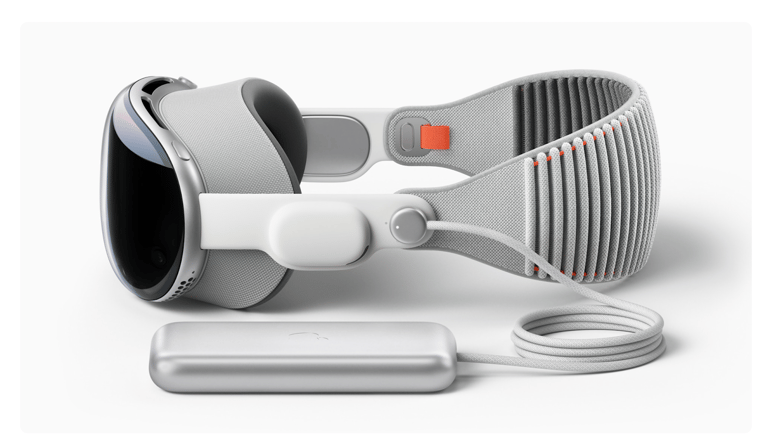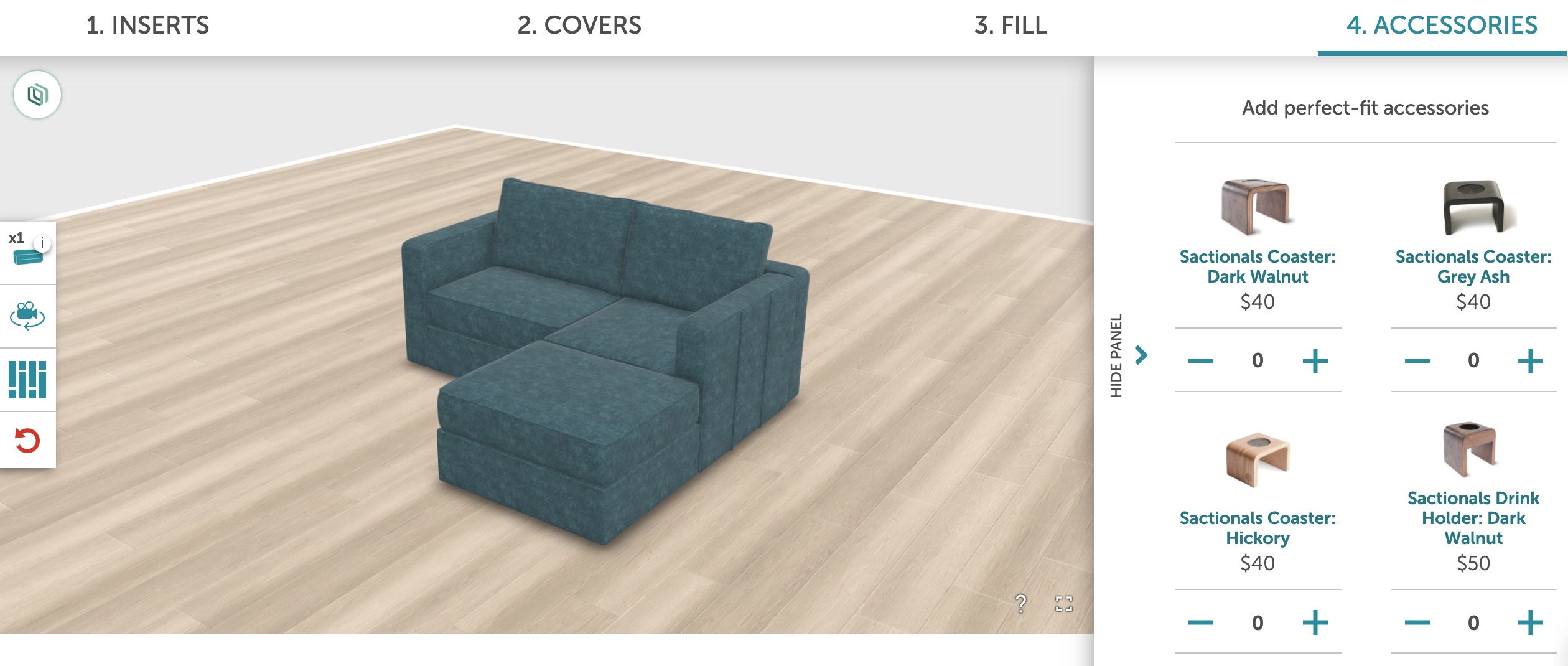The New Apple Vision Pro Promises to Change Entertainment and Work as we Know it…but What About Commerce? Threekit Weighs In
Tim Cook and Apple unveiled its latest innovation on Monday–the Apple Vision Pro–and welcomed the world to the “Era of Spatial Computing.” The immersive headset represents the first piece of hardware to unite the physical and digital worlds in ways both entertaining (watching a movie on a 100-foot surround screen) and practical (having an immersive Facetime chat.)

A sideview of the Apple Vision Pro
As it always does, the Apple news arrived to mixed reactions so let’s quickly get the quibbles out of the way.
- Price: The $3,500 price tag will put the tool out of reach for the average customer, at least initially.
- Early-stage Innovation Challenges: There is a need for high-quality 3D and augmented reality content, devices with powerful processors and new applications to take advantage of the tool itself
- “Headset Doubt”–Can the Vision Pro popularize headsets in a way that the Meta Oculus and (certainly) Google Glass never achieved? Can people get over the fear that headsets isolate rather than facilitate connection?
Concerns like these will always abound.
But go beyond the naysaying and you can start to see a bright future for immersive content.
The Apple introductory video does a great job of showing the potential impact on entertainment, work and personal connection. But as the leader in Visual Commerce, Threekit is here to focus on what it means for commerce as we know it and will know it–namely that this could represent an entirely novel shopping interface and way to experience products.
Here are some of our thoughts.
1. Commerce is Content:
A headset is only as good as the content that it serves up. One of the chief concerns is, “Will there be enough content initially to compel people to buy?” eCommerce and product discovery is often overlooked as content, but heavy users spend upwards for 44 hours per month shopping online. And even the average user needs compelling content to get acquainted with products online.
Of course, Vision Pro will require unique 3D content and files in order to provide immersive content. So far, we know that it accepts a few file types, but as developers generate more apps and adoption grows, they’ll accept more. This will be a bit of a barrier for brands who want to stake an early claim in the space, but they’ll be rewarded with the rapt attention of early adopters.
2. True Immersive Shopping is Here:
To this point, immersive shopping has been limited by its primary vehicle–the smartphone. Yes, you can “place items in your space” in AR or maybe even have a decent virtual try-on experience, but it’s all through a hand-held device. It does not place you completely in an environment with ambient sound and relevant context.

The Apple Vision Pro could usher in a new era of immersive shopping
Vision Pro solves this issue. It will be able to take shoppers into store environments. It will also enable them to create a custom environment, select products from stores and see how they look inside that custom environment–an excellent use case for furniture.
Or take the example of a home remodel. If a customer is redesigning a kitchen, they’ll no longer have to rely on a contractor's rendering. Rather, they can see custom cabinetry and appliances in their space, in real time.
For a more routine purchase like shopping for clothing, the shopper will be able to inspect any piece in its entirety by walking around it or trying it on virtually. The opportunities here for forward thinking brands are virtually endless.
3. A New Level Customer Service for Luxury Products:
Part of what people pay for when purchasing a rare, luxury car or a $50,000 handbag is the shopping experience itself. Going to a reserved showroom, spending time with their advisor and getting access to products that the average person can only read about. Till now, this has meant taking a jet to Paris or Berlin to have this experience.
With Vision Pro, elite brands will be able to build a purely custom showroom experience, designed with most valued customers in mind. And within this environment, they can enable virtual try on or even test drive. They can introduce new, rare products to their best customers in minutes rather than waiting for their next visit.
These are just a few of the examples we’re starting to envision for global brands willing to lean into this new technology. And there is already evidence that brands looking to get in early will be rewarded. For example, a study by Shopify found that AR-enabled products saw a 94% increase in conversion rates. Imagine how much higher that rate can go for a truly immersive experience?
It remains to be seen whether the Vision Pro will be the device that cracks the code for ubiquitous immersive experiences. But right now, it’s fun to imagine a future where it revolutionizes the routine activities we do everyday, making them more fun, engaging and ultimately, satisfying.

